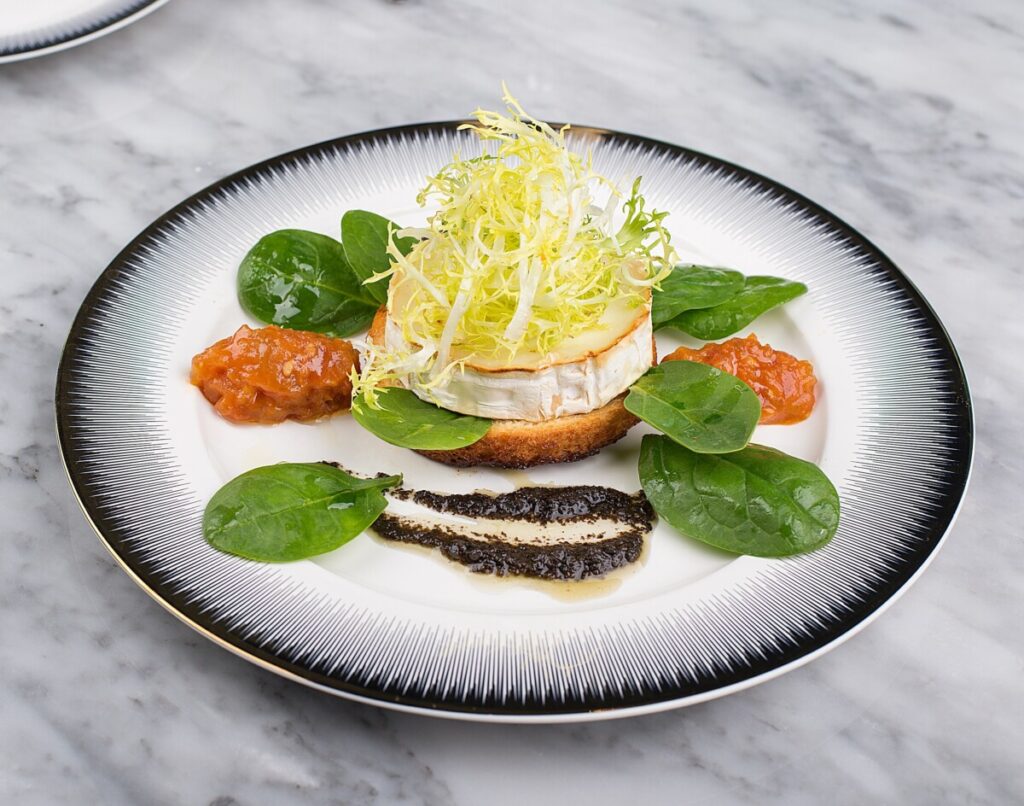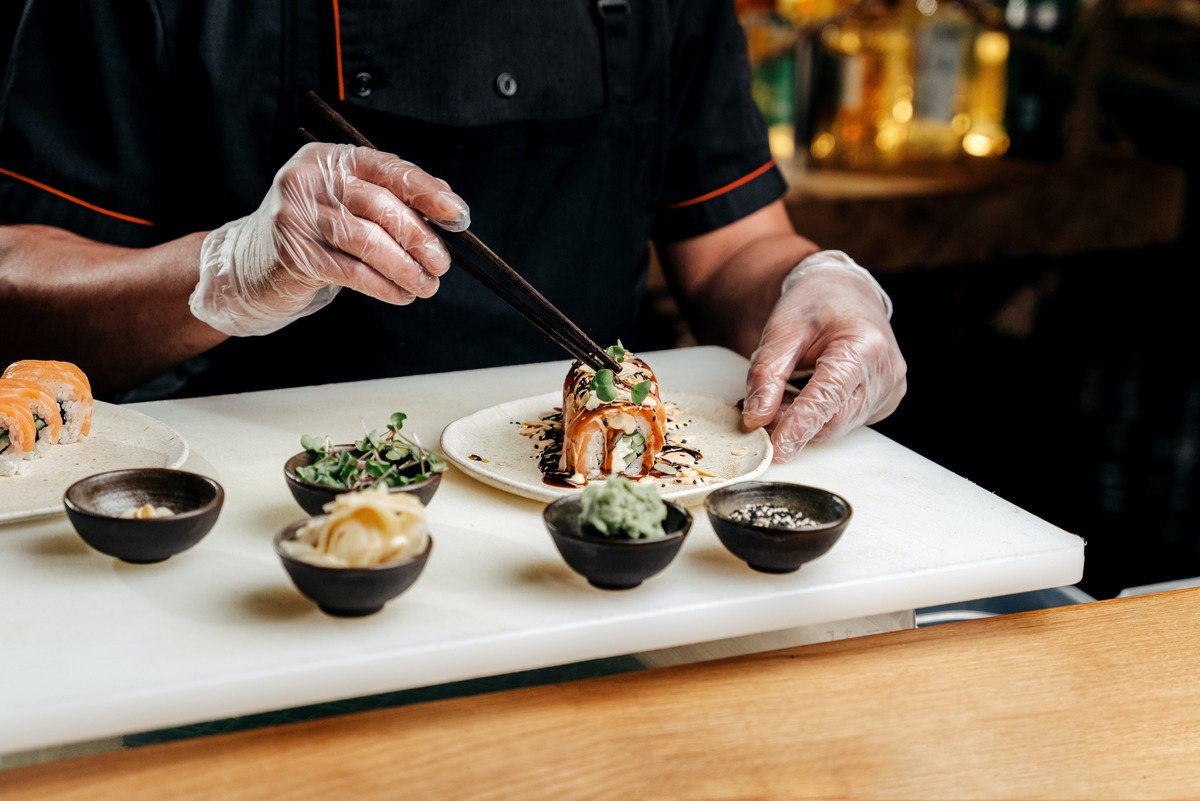When creating a memorable dining experience, presentation is just as important as taste. The art of plating transforms a dish from mere sustenance to a visual masterpiece, enticing the senses before the first bite. Professional chefs have spent years honing their plating techniques to perfection, and their secrets can elevate your culinary creations to new heights. Explore deeper into the insider tips and techniques from the experts, helping your plate like a pro in your kitchen.
Setting the Stage: Choosing the Right Plates
The canvas for any culinary masterpiece is the plate itself. Professional chefs understand the importance of selecting the right plate to complement the dish. Consider the plate’s size, shape, and color with your serving food. Opt for smaller, more intricate plates for delicate dishes to showcase the details. A rimless plate, for example, is excellent for highlighting the intricate layers of a delicate dessert, allowing every component to shine. For heartier fare, a larger, more rustic plate can provide a fitting backdrop, adding a touch of warmth to heartwarming stews or rustic dishes.
The Rule of Thirds: Balancing Composition
One of the fundamental principles of plating is the rule of thirds. Imagine the plate divided into three equal sections, both horizontally and vertically. This imaginary grid guides the placement of your elements, creating a balanced and visually appealing composition. For example, place the protein in one-third of the plate, with complementary sides filling the remaining two-thirds. This technique enhances visual appeal and ensures each component is showcased effectively. Imagine a beautifully seared salmon fillet nestled against a vibrant bed of asparagus spears and a mound of fluffy quinoa. Each element has its own space, yet they combine harmoniously to create an inviting plate.
Embrace Color Contrast and Variation
Vibrant, contrasting colors on a plate can be visually stimulating and instantly appetizing. Consider the natural colors of your ingredients and how they can be used to create a visually appealing contrast. For example, pair bright, colorful vegetables like heirloom tomatoes or vibrant bell peppers with rich, earthy meats. The vibrant reds and yellows against the deep browns create a visually striking presentation that promises a burst of flavor. Additionally, consider using garnishes like fresh herbs or edible flowers to add pops of color and a touch of elegance to your dish. A sprinkle of vibrant green chives or a delicate pansy petal can elevate a simple dish into a work of art.
Read More:
Places Foodies Must Visit in Bangkok
Best Regional Cuisines to Taste When in Indonesia
Elevate with Height and Layers
Professional chefs often use elevation and layering techniques to add depth and dimension to their presentations. Elevate the main component of your dish, such as a perfectly seared steak, using a bed of puree or a stack of roasted vegetables. This creates visual interest and allows for a more dynamic tasting experience, as diners can experience different flavors and textures in each bite. Imagine a succulent filet mignon perched atop a velvety cauliflower puree adorned with a crown of caramelized pearl onions. The varying heights and textures create a sensory journey, enticing the eyes and the palate.

Sauces and Drizzles: The Finishing Touch
Sauces are like the brushstrokes of a culinary painting, adding flavor, moisture, and visual intrigue. Use a squeeze bottle or a small ladle to apply sauces with precision. Practice control over the flow to create elegant drizzles or intricate designs. Remember, less is often more. A strategically placed sauce can tie the elements of a dish together, providing a final touch of finesse. Consider a delicate beurre blanc cascading gracefully over a poached halibut or a rich balsamic reduction artfully swirled around a tower of Caprese salad. These sauce applications enhance the flavors and elevate the visual appeal, creating a plate that is as delightful to behold as it tastes.
The Art of Negative Space
Sometimes, the most effective plating technique is knowing when to leave space untouched. Negative space allows the focal points of your dish to shine, creating a sense of balance and sophistication. Refrain from filling every inch of the plate. Embrace the beauty of simplicity, allowing your ingredients’ natural colors and textures to take center stage. Picture a pristine, white plate adorned with a perfectly seared scallop, a delicate drizzle of truffle oil, and a sprinkle of chive blossoms. The ample white space around the dish draws the eye to the star of the plate, emphasizing its elegance and simplicity.
Practice, Patience, and Perseverance
Plating, like any art form, requires practice and patience. Be encouraged if your first attempts match the precision of a professional chef. Start with simple dishes and gradually work up to more complex creations. Pay attention to detail; with each plating, you’ll refine your skills and develop your signature style. Over time, you’ll find that plating becomes an intuitive and enjoyable part of the cooking process, allowing you to show your creativity and enhance the dining experience for yourself and your guests.
Turning Every Meal into a Masterpiece
With these insider tips from professional chefs, you’re on your way to plating like a pro. Remember, plating is not just about aesthetics; it’s about enhancing the overall dining experience. Experiment, trust your instincts, and most importantly, have fun. As you refine your plating techniques, you’ll discover the true artistry within every dish you create. Happy plating!
